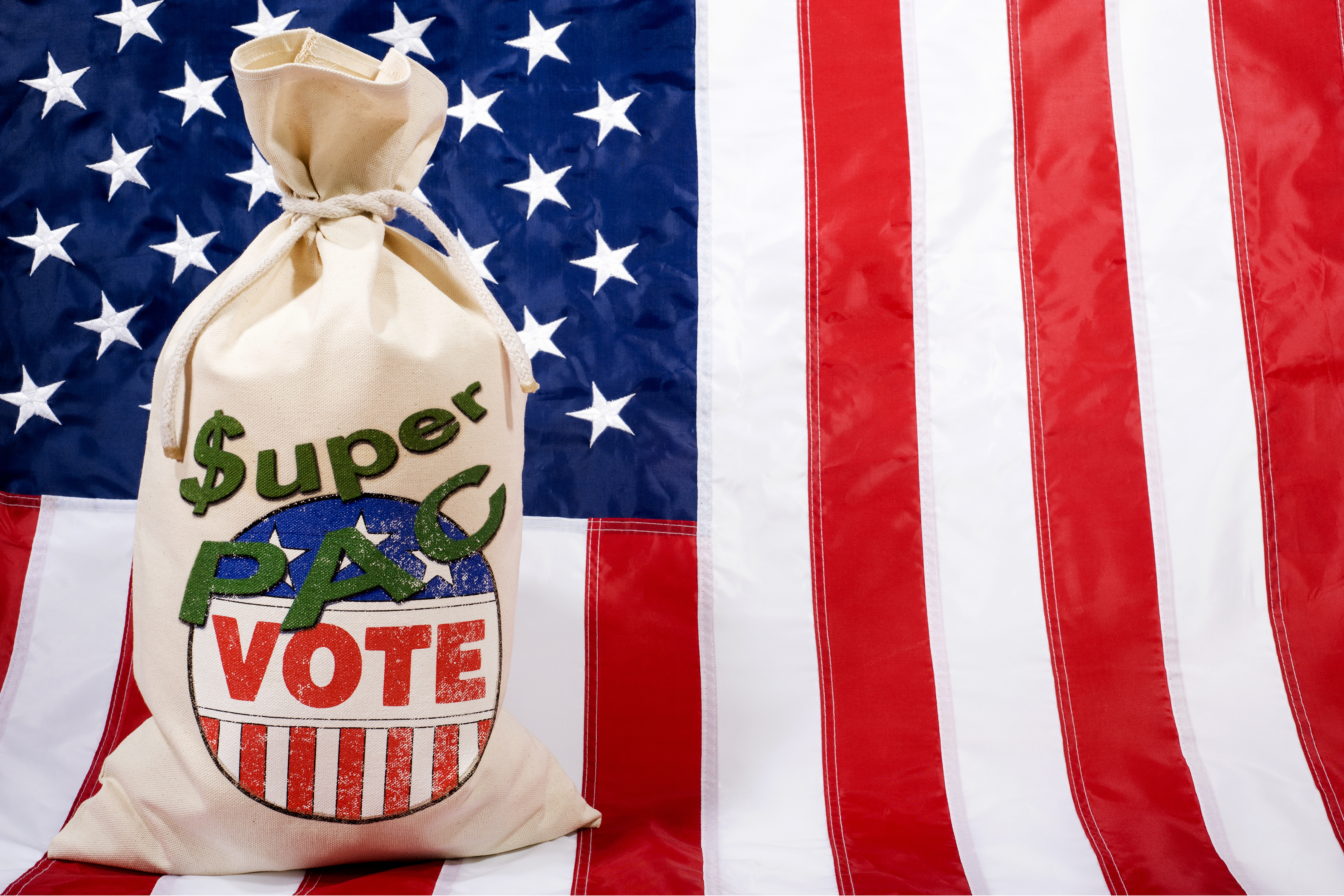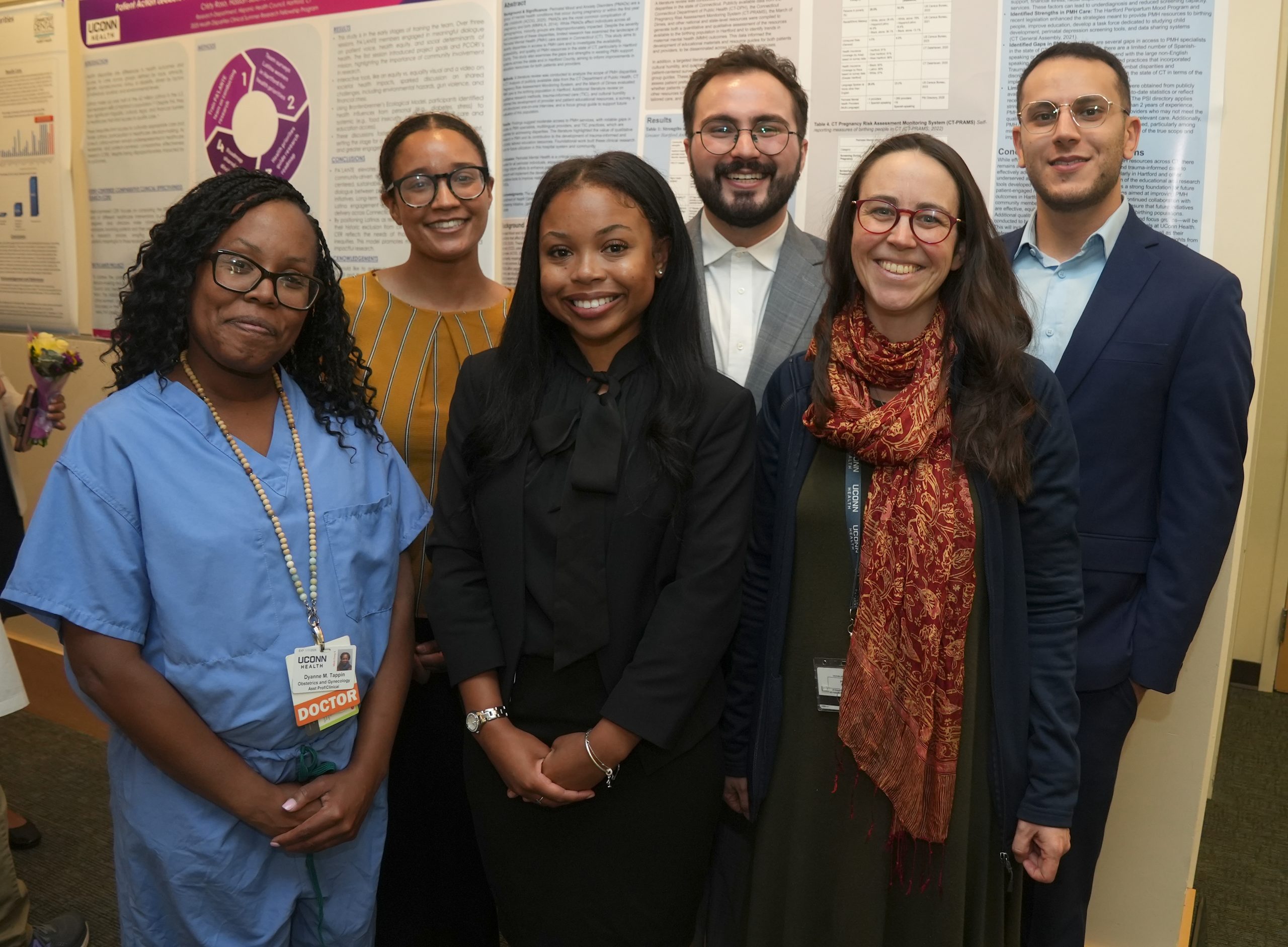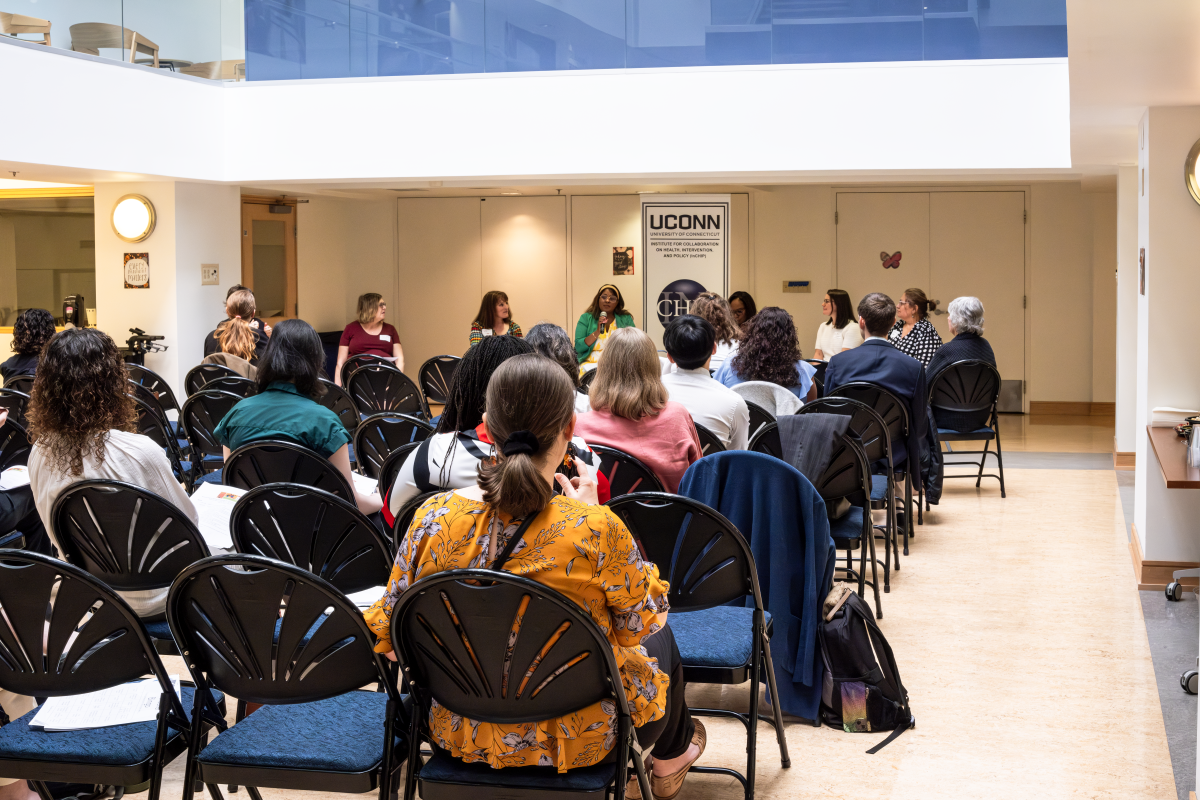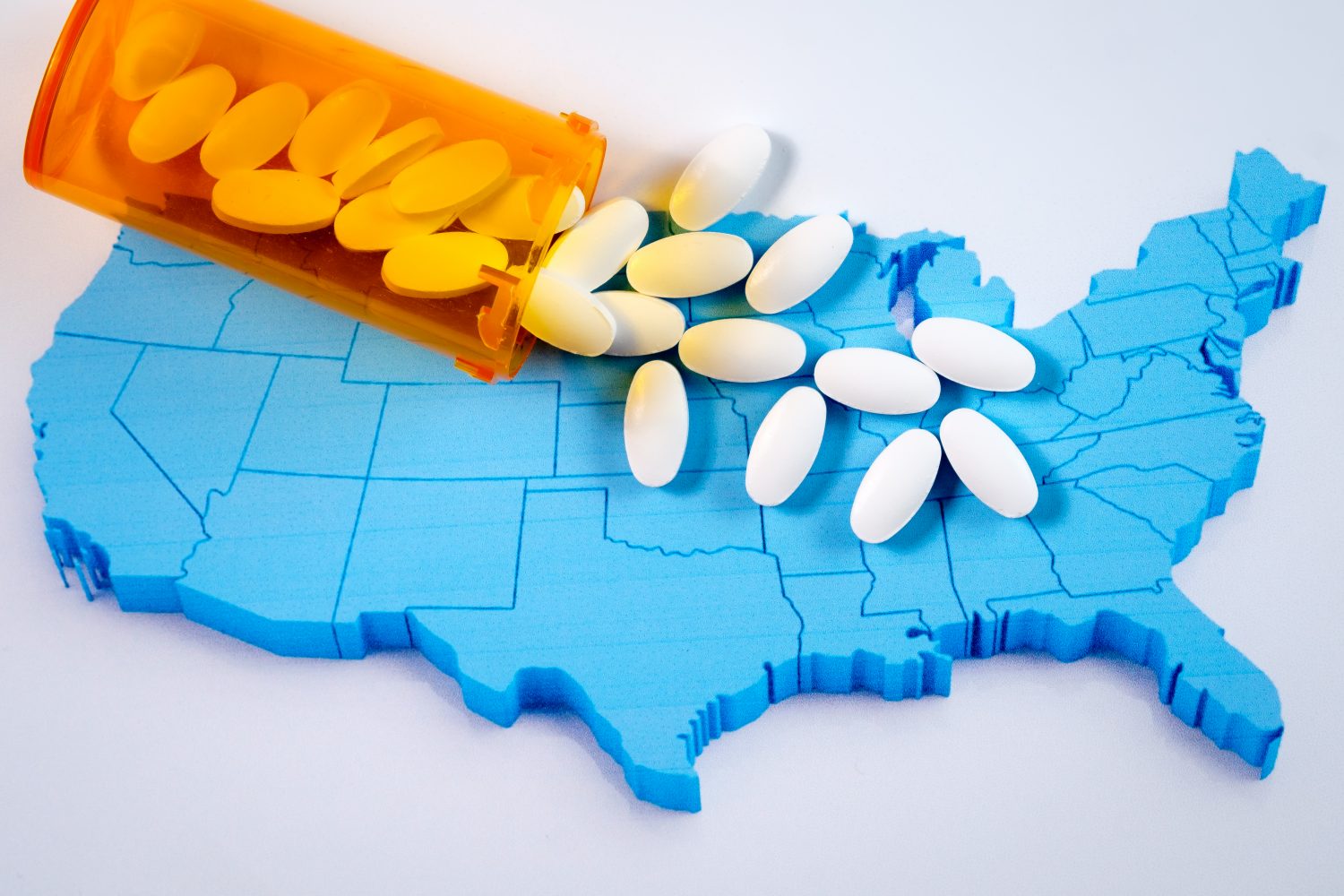Super PACs created to influence presidential and congressional election campaigns are primarily associated with ideological and issue-based causes rather than businesses, according to a study by UConn researchers.
The study, “The Impact of Associational Ties on the Financing of Super PACs,” analyzed information about super PACs and their donors who participated in the 2010 through 2016 election cycle and was led by Paul Herrnson, professor of political science in UConn’s College of Liberal Arts and Sciences. He and Douglas Spencer, UConn associate professor of law and public policy, presented the findings at the annual meeting of the American Political Science Association in San Francisco today.
The researchers, who included Jennifer Heerwig, assistant professor of sociology at Stony Brook University, say this is the first systematic analysis of super PAC funding to influence federal elections, noting that 3,200 individuals made 65 percent of the 5,000 largest contributions to the more than 1,700 super PACs in the study.
Super PACs are defined as “independent expenditure-only committees.” They can raise unlimited funds from virtually any source, but cannot contribute to candidates or political parties. They can spend unlimited money independent of political campaigns. Traditional political action committees may directly contribute to candidates or parties, but can raise only limited contributions from individuals.
The researchers added that while super PACs are thought to be “the latest weapon” of corporations and labor unions seeking to determine the outcome of elections, the analysis provides a different conclusion.
“Not all super PACs rely on the wealthy, well-organized, or single-minded for their financing, and there are surprisingly few super PACs affiliated with corporations and labor unions,” the researchers say. “Despite the broad-brush stroke images presented in the media, relatively little is known about the decision-making of members of various economic and political sectors that finance super PACs. These preliminary results demonstrate that a group’s organizational characteristics and mission affect its fundraising. The findings have implications for elections, policymaking, and representation in American politics.”
The emergence of super PACs followed the Citizens United v. Federal Election Commission decision handed down in 2010 by the Supreme Court of the United States, which said political spending is a form of protected speech under the First Amendment of the U.S. Constitution. Corporations and unions cannot give money directly to a campaign but can try to persuade voters using other avenues, including advertisements.
The researchers found the most notable nonfinancial distinction among super PACs concerns their mission. They identified two types of super PACs: those created to support multiple candidates or those created to support single candidates. Multiple-candidate super PACs constituted 57 percent of all such active PACs, and raised 61 percent of the total of super PAC receipts between 2010 and 2016, the study found. Single-candidate super PACs accounted for 34 percent of all groups and raised 34 percent of their total funds.
Researchers noted that super PACs focused on a single candidate have significant advantages over outside spending groups. These super PACs are usually organized, or staffed, by a candidate’s former political aides, major donors, or political consultants, who have strong knowledge about policy issues, public image, financial supporters, and electoral constituency.
The study found that while business interests sponsor fewer super PACs, they were the source of 62 percent of all super PAC fund donations, led by the finance, insurance, and real estate industries (FIRE), which contributed more than $2 billion during the 2010 through 2016 elections. During that same time, labor unions donated 14 percent of funds, and individuals and groups supporting various issues and ideological causes provided 18 percent of financing.
Issues advocacy and ideological groups raised roughly 94 percent of their funds from ideologues, and labor groups collected 55 percent of their funds from labor unions. Groups associated with FIRE and other business interests, and politicians and parties raised relatively few dollars from contributors associated with their sector, relying instead on money raised from others.
The rapid financial impact of the Citizens United, researchers say, is evident in the numbers:
- Although the ruling came more than halfway into the 2010 mid-term elections cycle, super PACs raised more than $89 million and spent almost $63 million in the 10 months between the decision and Election Day.
- During the 2012 presidential election cycle, these sums skyrocketed to $822 million and $609 million.
- In 2014, super PAC fundraising and independent spending exceeded $696 million and $345 million.
- During the 2016 election cycle, almost $1.7 billion was raised and more than $1.1 billion spent by super PACS.



